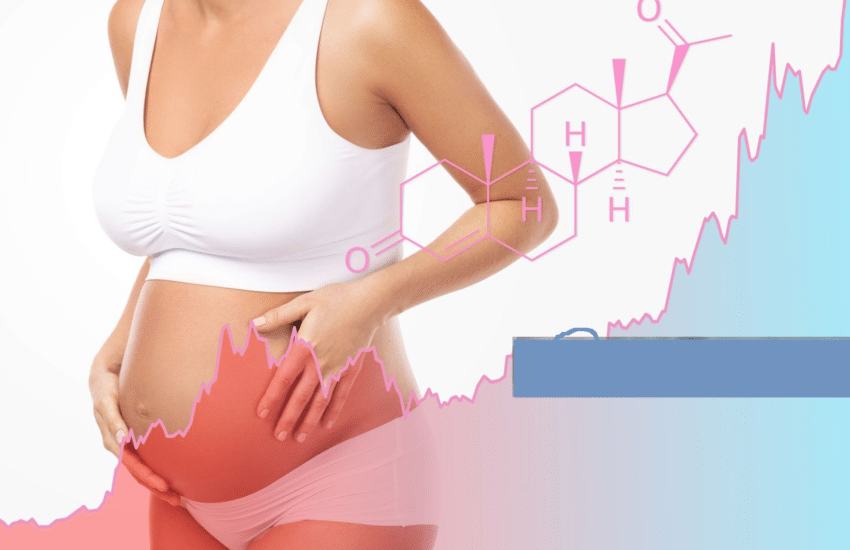Progesterone and estrogen are two essential hormones that play vital roles in the female body, especially in the reproductive system. Though they are most known for their functions in women, they also have important roles in men’s health. In this article, we’ll break down what these hormones are, how they work, and why they are so important.
What is Progesterone?
Definition and Production
Progesterone is a hormone mainly produced in the ovaries after ovulation. When a woman’s body releases an egg during her menstrual cycle, progesterone comes into play. Additionally, the placenta and adrenal glands produce lower levels of it during pregnancy.
Main Functions of Progesterone
Progesterone has several key functions, including:
- Menstrual Cycle Regulation: Progesterone helps prepare the uterus for pregnancy. If pregnancy doesn’t happen, progesterone levels drop, leading to menstruation.
- Supporting Pregnancy: If pregnancy does occur, progesterone helps maintain it. It thickens the lining of the uterus so the fertilized egg can implant and grow. It also prevents the uterus from contracting too early, which could cause a miscarriage.
- Balancing Other Hormones: Progesterone works with estrogen to regulate many processes in the body. Everything functions as intended when these hormones are in balance. But if there’s too much or too little of either, it can cause problems like irregular periods or difficulties in getting pregnant.
What is Estrogen?
Definition and Production
Estrogen is a group of hormones, with estradiol being the most common type during a woman’s reproductive years. Estrogen is mainly produced in the ovaries, but small amounts are also made in the adrenal glands and fat tissues.
Types of Estrogen
There are three main types of estrogen:
- Estradiol: The most common form during reproductive years.
- Estrone: The main form of estrogen found in postmenopausal women.
- Estriol: The main estrogen during pregnancy.
Main Functions of Estrogen
Estrogen is essential for:
- Development of Secondary Sexual Characteristics: This includes things like breast development and the regulation of the menstrual cycle.
- Regulating the Menstrual Cycle: During the first half of the cycle, estrogen helps thicken the lining of the uterus, preparing it for a potential pregnancy.
- Bone Health: Estrogen helps maintain bone density, which is why women are at a higher risk of osteoporosis after menopause when estrogen levels drop.
- Mood and Brain Function: Estrogen also plays a role in mood regulation and cognitive functions, which is why some women experience mood swings or memory issues during hormonal changes.
Interaction Between Progesterone and Estrogen
How They Work Together
Progesterone and estrogen work closely together to keep the reproductive system running smoothly. Estrogen is dominant in the first half of the menstrual cycle, preparing the body for ovulation, while progesterone takes over in the second half to prepare the body for a possible pregnancy.
The Balance Between Progesterone and Estrogen
The balance between these two hormones is crucial. If there’s too much estrogen and not enough progesterone, it can lead to conditions like endometriosis or uterine fibroids. On the other hand, low estrogen can cause symptoms associated with menopause, such as hot flashes and mood swings.
Conclusion
Understanding progesterone and estrogen is crucial for managing your health, especially when it comes to hormonal imbalances. These hormones are essential for everything from regulating your menstrual cycle to supporting pregnancy and overall well-being. When they are out of balance, it can lead to various health issues.
By being aware of how progesterone and estrogen work together, you can better recognize and address hormonal imbalances in your body, helping you maintain a healthier and more balanced life.

